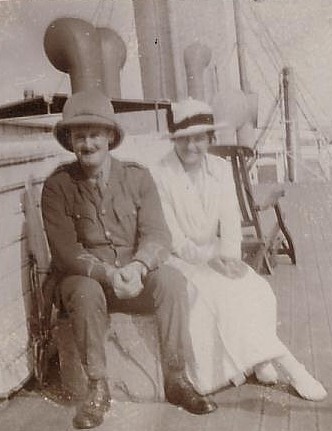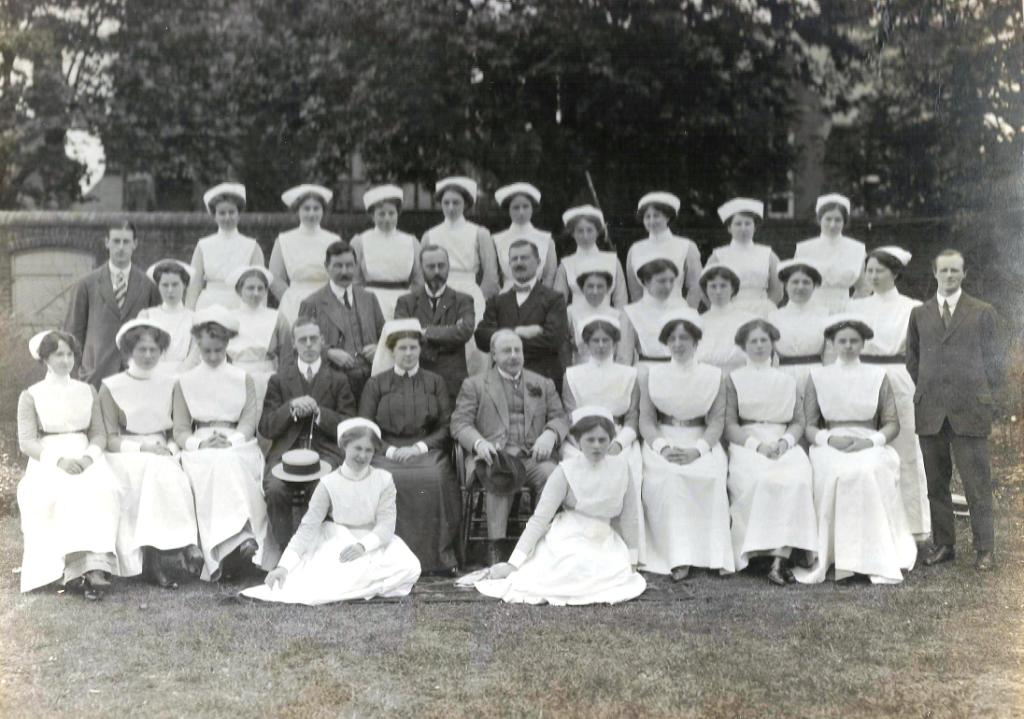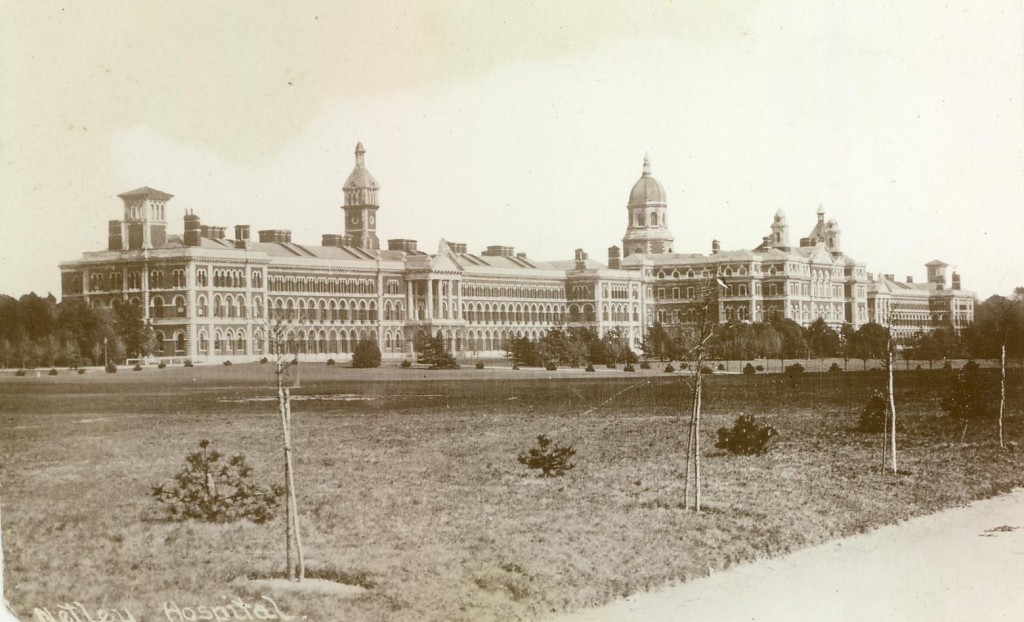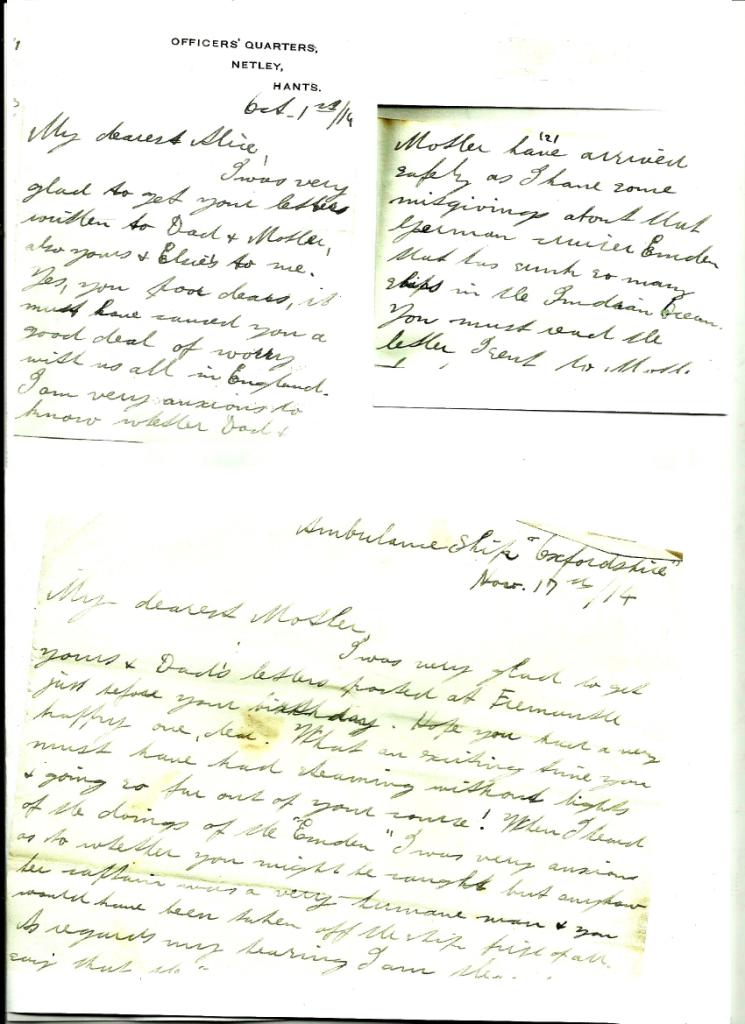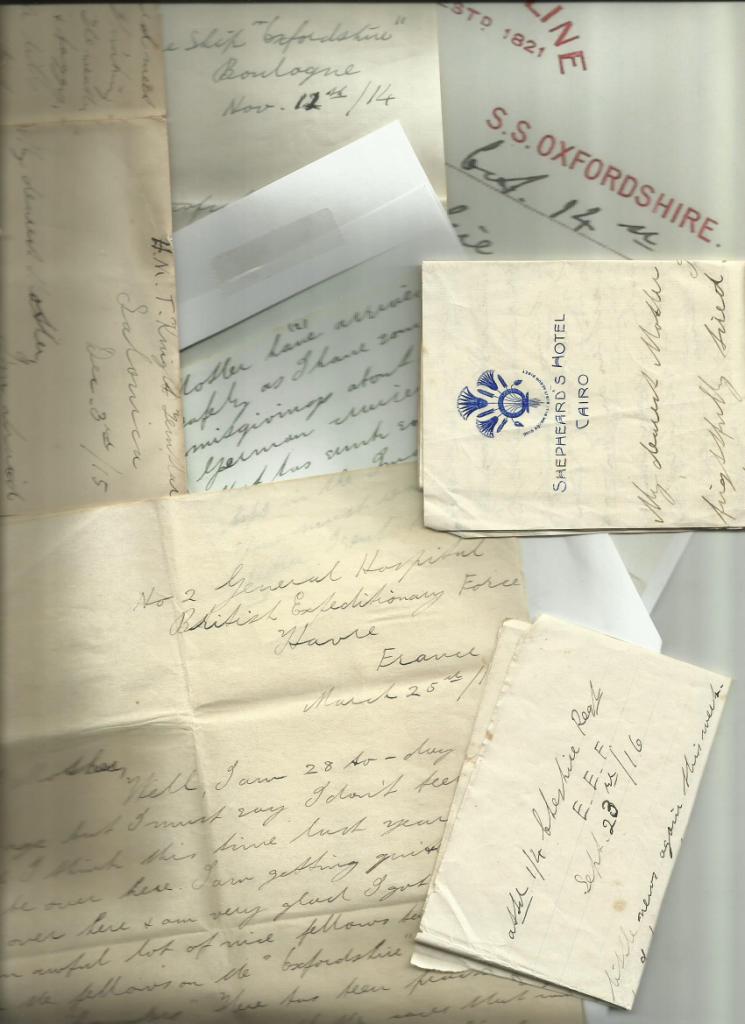The Rawsons and the outbreak of World War One
WW1 – The outbreak, 1914, including at sea with Capt von Muller and SMS Emden In 2011 I wrote1 of the terror and dilemma faced by Taranaki citizens at the outbreak of an earlier war (1860) when, under Taranaki Provincial Governmental order, my seven year-old future grandfather, Herbert Rawson, was hastily…
WW1 – The outbreak, 1914, including at sea with Capt von Muller and SMS Emden
In 2011 I wrote1 of the terror and dilemma faced by Taranaki citizens at the outbreak of an earlier war (1860) when, under Taranaki Provincial Governmental order, my seven year-old future grandfather, Herbert Rawson, was hastily evacuated with two siblings for 14 months to Nelson. He was one of over a thousand such refugees.
In 1914, 54 years later and now in his sixties, this same grandfather was at sea with my grandmother - both literally and figuratively. The “Great War of Civilisation” had started on 28 July and ships were being sunk.2
Meantime, his son and later my father, 26 year old Jack, faced another war-induced dilemma. He had just finished his medical training in London and was nearing the end of his first job as a junior doctor at the Essex County Hospital, Colchester. His parents, Herbert and Beatrice, were sailing back home to Wellington after a visit.
From Jack’s tattered 1914 diary :
August 13th: Left Colchester for good—was undecided whether to go to war or not owing to having got an appointment at the Bolingbroke Hospital for six months however Dad and Mother both had strongly urged me to go and join the Red Cross Society..
Jack, however was already enrolled with the University of London’s Officer Training Corps, so instead of following his parents’ suggestion he visited the War Office and emerged as a temporary lieutenant in the Royal Army Medical Corps. This corps was soon to be posted to care for the wounded from Belgium and France at Netley Hospital, a huge Victorian establishment near Southampton.
Most of the many-paged letters to his mother and sister about Netley Hospital still exist. The following are excerpts:
On dining at Netley Hospital : there is an enormously long table, the Commanding Officer sits at one end with other officers and the Mess President who is a captain at the other end and we sit in between. The walls of the dining room or rather the banqueting room of a large castle would be more appropriate is hung around with tiger skins, stags’ heads and the like which look very imposing..
On ward conditions: ..most of the patients are doing very well, the worst cases are shell wounds, some of which are very terrible. Bullet wounds however are very small and unless they involve bone or nerves are trifling except of course in cases of abdominal wounds which are very serious, however we have very few indeed of the latter...“ (abdominal penetrating wounds without surgery are usually fatal within hours).
On the clerical side: I was put in charge of the surgical convalescent wards, consisting of 12 wards and holding no less than 140 patients. It is a rotten job and simply clerk’s work. I have to go around writing up diet sheets, the history of the injury in each case and sign papers for the patients to have their hair cut and get razors etc – so that on a busy day I have no time for doing any dressing but all my time is taken up signing things. On Sunday I spent 3 ½ hours signing papers and writing up about 40 histories . Tomorrow is another busy day when I will have to sign my name about 140 times!!!
On German prisoners: ..we had to go through the Germans’ Quarters where there is a sentry with fixed bayonet on guard at each end of the passage. Directly I came along he stood smartly to attention and I had to return the salute. The Germans are an ugly lot all with short cropped hair like convicts; the privates are well built sturdy young fellows , but one of the officers was a great fat beast who looked as if he did nothing but drink lager beer all his life.
On“lunatics”: I then went round my wards and was called off as a member of the Medical Board to examine lunatics who are soldiers who have been either insane at the time of enlisting or subsequently.. Beside the general main building there are isolated blocks, one for insanity and others for infection cases and the like...
On salutes: I am getting quite used to being saluted by all the Tommies . Sometimes when I go along to my wards there will be a squad of orderlies drawn up – immediately I come along the sergeant in command gives the order “Shun” and he gives me a terrific salute which I return. But as one lives in an atmosphere of salutes one soon gets accustomed to it.
On lockjaw: ...there have been several cases of lockjaw (tetanus) among the wounded here, I should think quite 8 in the fortnight I have been here. They have all died except one, it is a terribly fatal disease and when once one has it there is practically no hope. It is caused by wounds getting infected with a microbe found in the earth which causes the most frightful convulsions with the patients quite conscious the whole time. I think that is really one of the most awful things about.
Jack then stayed at the Bolingbroke Hospital for five weeks, which he also recorded in his diary:
On a bus trip to the West End: ..the bus I went up refused to charge me anything and I find out now that all the buses and trams give free rides to all soldiers, sailors and officers so I feel very important.
On his brand new uniform): ..all the sisters at the Bolingbroke wanted to see me in it but I managed to dodge all of them except the matron..
Soon after this, Jack was posted to hospital ships and wrote graphic reports about the wounded from the Continent and, later, Gallipoli.
At this early stage of the war, however, the main concern emerging from my father’s letters, written from Netley hospital and the hospital ships, was the safety of his parents returning to New Zealand. The German threat from SMS Emden and its “gentlemanly” commander, Captain von Muller was emphasised.
Sailing in the reverse direction to my grandparents was Frank Davison, their son-in-law, who had married Jack's sister Alice. Frank, who died at Gallipoli, was in a naval convoy with the Expeditionary Force from New Zealand and Australia, a huge armada which included members of the 12th (Nelson) Company, Canterbury Infantry Battalion, which included the ill-fated Private William Ham from Ngatimoti, Nelson. Frank records the destruction of the Emden.3
Tues Nov 10 (1914): Things got exciting this morning and the Sydney tore off in the direction of the Cocos Islands and the Melbourne and Japs rushed about at top. Later on got a wireless message that the Sydney had had an engagement with the Emden and has lost 2 killed and 15 wounded but has smashed her (the Emden) up to such an extent that she beached herself. The Emden had 150 killed and 15 wounded, and her deck was a shambles. Word came from the Minatour the she had been ordered a new service to leave us, so with the Sydney away we had only the Jap and Melbourne as escort.
My father wrote: We are all very proud of the doings of the Australian Navy in sinking the Emden – it certainly speaks extremely well of the Colonies.
2013. Updated May 2020
Story by: H. Dick Rawson
Sources
- Rawson, H. (2011) A chilling tale of two cities. Nelson Historical Society Journal 7(3), p.25
http://nzetc.victoria.ac.nz/tm/scholarly/tei-NHSJ07_03-t1-g1-t3.html - Indian transports at sea as seen from the Osterley (1914, October 19) Dominion, p.7
http://paperspast.natlib.govt.nz/cgi-bin/paperspast?a=d&d=DOM19141019.2.34 - The Emden. Wrecked after an engagement with Australian cruiser Sydney. (1914, November 11) Nelson Evening Mail, p.5
http://paperspast.natlib.govt.nz/cgi-bin/paperspast?a=d&cl=search&d=NEM19141111.2.19.2
Further Sources
Newspapers
- Rawson. D. (2010, April 24) The Suffering Wounded. Nelson Evening Mail, p. 16 [section of "Lest we Forget" article]
Maps
- Frank Davison’s 10 Nov 1914 diary entry is copied from a typed 2004 version by the Davison family, N Canterbury.
- Rawson family letters (author's private collection - see image in story).
